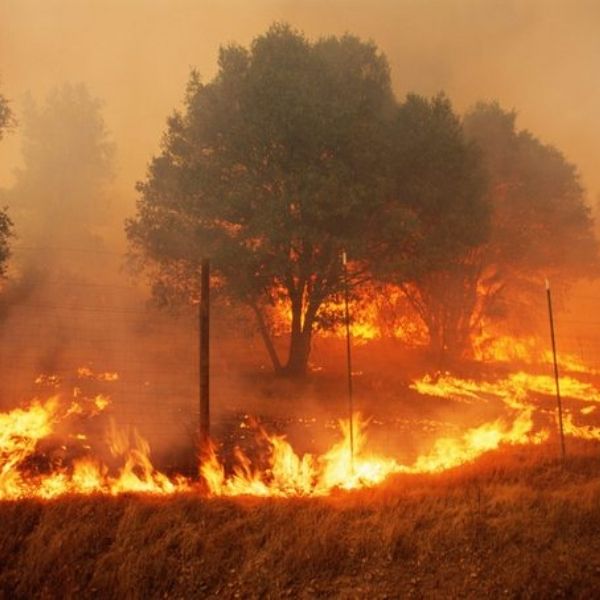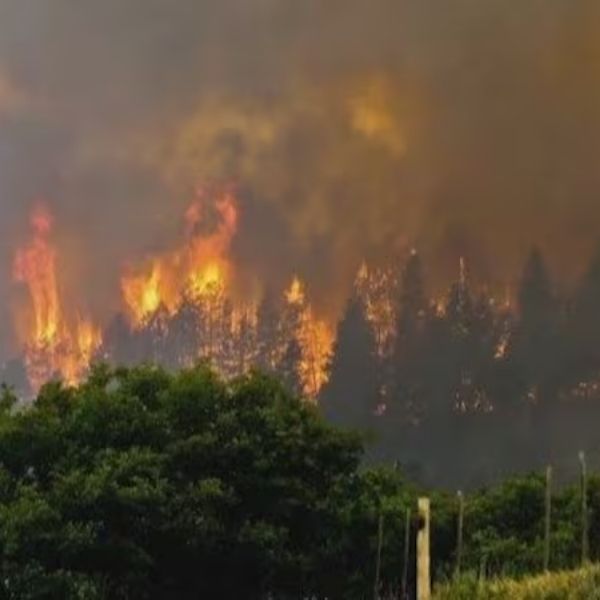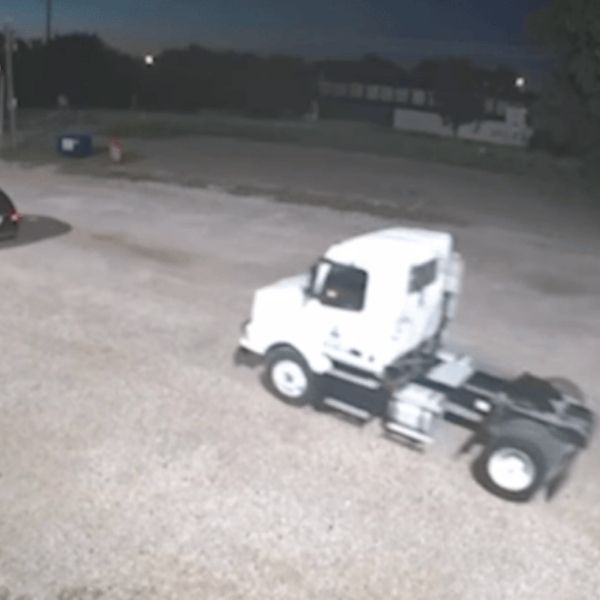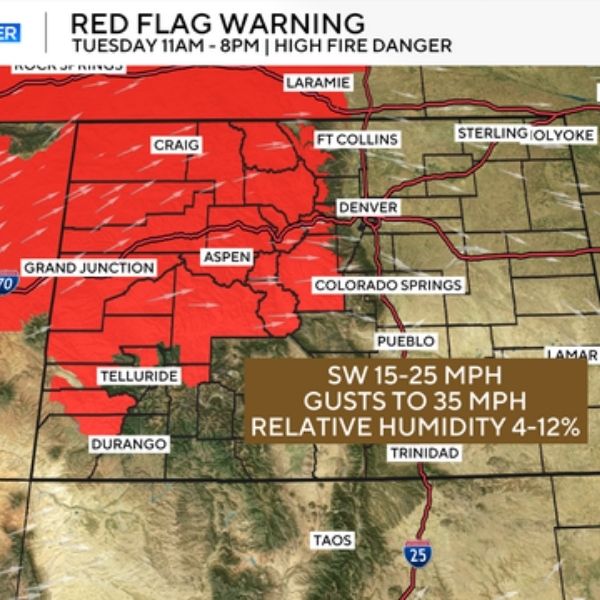As wildfires in western Colorado near containment, now is a crucial time to assess your family’s readiness for disasters. While you can’t eliminate wildfire risk entirely, you can take steps to protect your home and loved ones.
From smart landscaping choices that create defensible space to assembling emergency supplies and evacuation plans, preparation greatly increases your safety. Plus, these steps also help in other emergencies where quick evacuation might be necessary.
Here’s how to get ready, with tips from the Department of Homeland Security, Habitat for Humanity, and Cal Fire.
What Is a Go Bag, and What Should Be in It?
A go bag is a lightweight, grab-and-go kit filled with essentials you’ll need if you’re forced to leave home suddenly. It should be easy to carry and compact enough to store in your car or by your front door.
What to pack:
-
Important documents: Birth certificates, IDs, medical records (copies or originals on paper or thumb drive), sealed in a waterproof bag.
-
Medications: Prescriptions, especially those needing refrigeration (keep ice packs in the freezer and a cooler ready).
-
Clothing: Extra clothes for a few days.
-
Eyewear: Spare glasses or contacts.
-
Keys: Extra set of car and house keys.
-
Money: Credit cards, cash, or traveler’s checks.
-
First aid and hygiene: Diapers, wipes, and sanitation items.
-
Electronics: Flashlight, battery-powered radio, power bank, charging cables.
-
Protection: N95 masks to help with smoke.
-
Snacks and water: Granola bars, high-calorie snacks, bottled water.
-
Emergency items: Mylar blankets, maps of at least two evacuation routes.
Emergency Kit Essentials: Food, Water & More
Beyond your go bag, consider building a larger emergency kit that can sustain you for several days, especially if you’re stuck at home due to blocked roads or damage.
Recommended supplies:
-
Food: A 3-day supply of nonperishable items:
-
Canned meats, fruits, and vegetables
-
Protein/fruit bars, cereal, granola, peanut butter
-
Canned juices, powdered/pasteurized milk
-
Comfort snacks
-
-
Water: At least 3 gallons per person
-
Tools: Manual can opener, utensils
-
Pet care: Food and water for pets
-
Check expirations regularly
Hygiene & Accessibility Supplies
Personal care items matter too. Pack:
-
Toilet paper, diapers, wipes
-
Special equipment or supplies for people with disabilities (mobility aids, tire pump, communication tools)
How to Create a Family Emergency Plan
A well-thought-out plan helps your family reunite and stay safe — even if you’re separated when disaster strikes.
Plan essentials:
-
Know at least two evacuation routes from all regular locations (home, school, work)
-
Choose two meeting spots:
-
One near home (for smaller emergencies)
-
One out of town (for widespread evacuation)
-
-
Designate a contact outside your area to serve as a communication hub
-
Plan early if you need help evacuating — waiting too long could put you at risk
Preparing Your Property: Defensible Space
Your landscaping and home design can make a huge difference.
Steps to protect your home:
-
Clear a defensible space of 30–100 feet around your house — remove leaves, debris, and flammable items
-
Build or renovate with fire-resistant materials
-
Ensure all parts of your property are accessible with a hose connected to a water source
Trusted Online Resources for Wildfire Alerts
Stay informed with these tools and platforms:
-
Red Cross Shelters: Find open shelters near you
-
InciWeb: Up-to-date wildfire details, maps, evacuation info
-
Local emergency agency social media: Real-time updates
-
Emergency alerts:
-
FEMA app, NOAA weather radios
-
Wireless Emergency Alerts and the Emergency Alert System (no setup required)
-
Final Reminder:
Disaster preparation might feel overwhelming — but acting now can make a life-saving difference later. Take the time to create your go bag, build your emergency kit, and develop your family plan. When wildfires strike, you’ll be ready.
This article has been carefully fact-checked by our editorial team to ensure accuracy and eliminate any misleading information. We are committed to maintaining the highest standards of integrity in our content.

Katie is a senior who has been on staff for three years. Her favorite type of stories to write is reviews and features. Katie’s favorite ice cream flavor is strawberry.















Leave a Reply